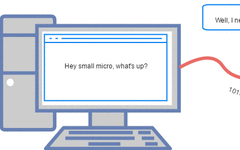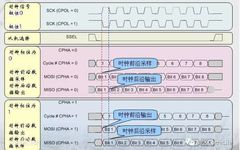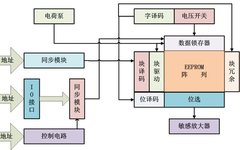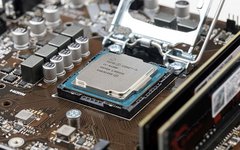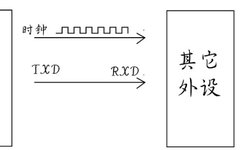Advanced Techniques in Communication Protocol Transmission Principles
UART, SPI, I2C and other serial communications are very common methods in embedded development. The underlying communication principles are not difficult, but many beginners struggle to learn them. Today, I will share some common underlying data transmission principles of communication. 1UART Serial Port UART: Universal Asynchronous Receiver/Transmitter. The UART serial port is the most common … Read more
